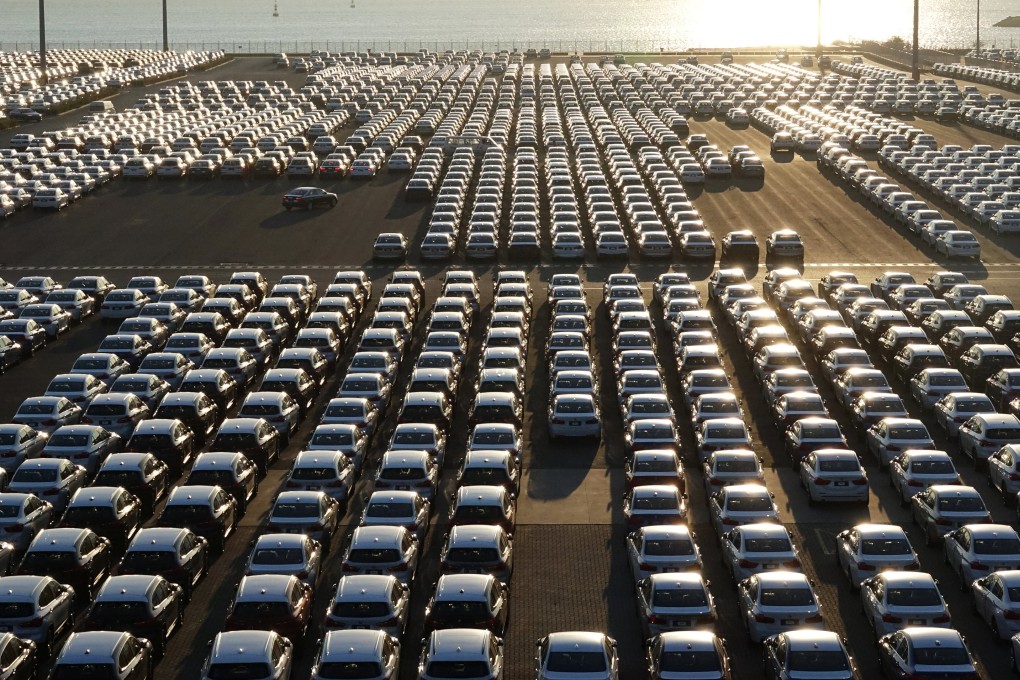China’s January passenger car sales in biggest drop in seven years as worries over economy, spending deepen
- Car sales fell 17.7 per cent last month from a year earlier, while total vehicle sales in January fell 15.8 per cent to 2.37 million units overall
- Seventh straight monthly decline in the world’s largest car market, and adds to wider concerns over domestic consumption and economic growth

China’s car sales fell 17.7 per cent last month from a year earlier to 2.02 million units, marking the lowest January sales since 2012.
Data from the China Association of Automobile Manufacturers showed that there was a 15.8 per cent decline in total vehicle sales in China in January to 2.37 million units.
It is the seventh straight monthly decline in the world’s largest car market, and adds to wider concerns over domestic consumption and economic growth.
Global carmakers such as Volkswagen and General Motors are increasingly relying on China as a source of profits as the markets in the United States and Europe near saturation.
However, China’s car market posted its first contraction in more than two decades last year and the market is expected to further stagnate this year, amid a wider picture of declining consumer spending.
Spending growth in China during the seven-day Lunar New Year Holiday slowed to the lowest rate in a decade this month, indicating a broad-based slowdown.